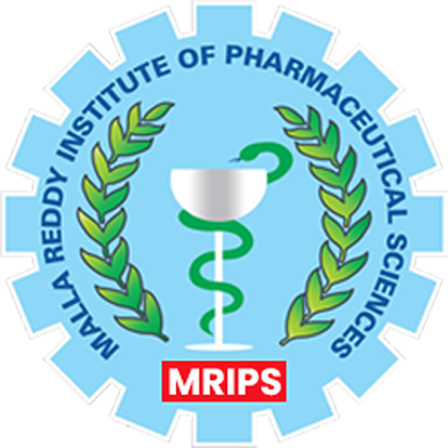Innovation Index
Purpose:
To evaluate how effectively a pharmacy institution fosters innovation in education, research, entrepreneurship, and healthcare delivery. The index measures institutional culture, infrastructure, and outcomes related to innovation and problem-solving.
Core Components & Expanded Metrics
Component | Description | Expanded Metrics & Indicators |
1. Innovation Culture & Governance | The institution’s commitment to fostering a mindset of creativity and experimentation | – Presence of an institutional innovation policy or cell (e.g., IIC, IPR cell, IDEA lab) |
2. Research & Development Innovation | The capacity to conduct novel research with real-world impact | – Number of funded research projects with innovative approaches |
3. Product & Process Innovation | Development of novel drugs, devices, formulations, or systems | – Prototypes developed or validated |
4. Innovation Infrastructure & Ecosystem | Availability of facilities and support for idea incubation and implementation | – Existence of innovation labs, maker spaces, biotech incubators, etc. |
5. Entrepreneurship & Start-up Support | Promotion of entrepreneurial thinking and venture creation | – Number of student/faculty-led startups or spin-offs |
6. Curriculum & Pedagogy Innovation | Adoption of modern teaching-learning methods that encourage innovation | – Integration of problem-based learning, flipped classrooms, and innovation challenges |
7. Industry-Academia Innovation Collaborations | Joint efforts with industry to solve healthcare challenges | – Number of collaborative R&D or innovation projects with industry |
8. Student Engagement in Innovation | Student involvement in ideation, prototyping, and real-world problem solving | – % of students involved in innovation projects or competitions |
Innovation Index (II)
Purpose: Measures how involved students in a class are in innovation-related activities, projects, and research.
Formula for Innovation Index:
II = (Number of students participating in innovation projects ÷ Total students in class) × 100
Steps:
- Numerator: Count the number of students in the class who actively participated in innovation-related activities (e.g., research projects, hackathons, startup ideas, patent applications, etc.).
- Denominator: Total number of students in the class.
- Multiply by 100 to get the percentage.
Convert to 0–5 Scale:
Innovation Index (%) | 0-5 Scale Rating | Interpretation |
0–10% | 0 | Very Low Innovation Involvement |
11–20% | 1 | Low Innovation Involvement |
21–40% | 2 | Moderate Innovation Involvement |
41–60% | 3 | High Innovation Involvement |
61–80% | 4 | Very High Innovation Involvement |
81–100% | 5 | Exceptional Innovation Involvement |




